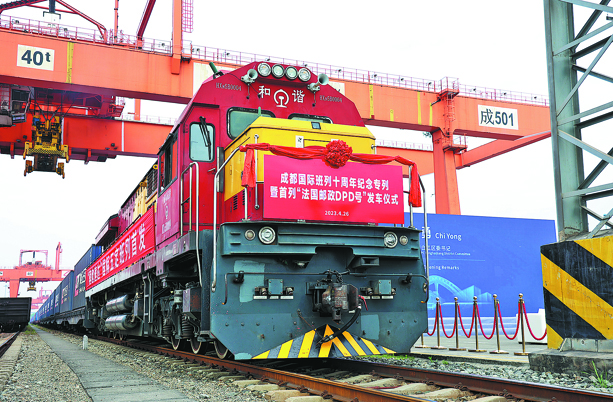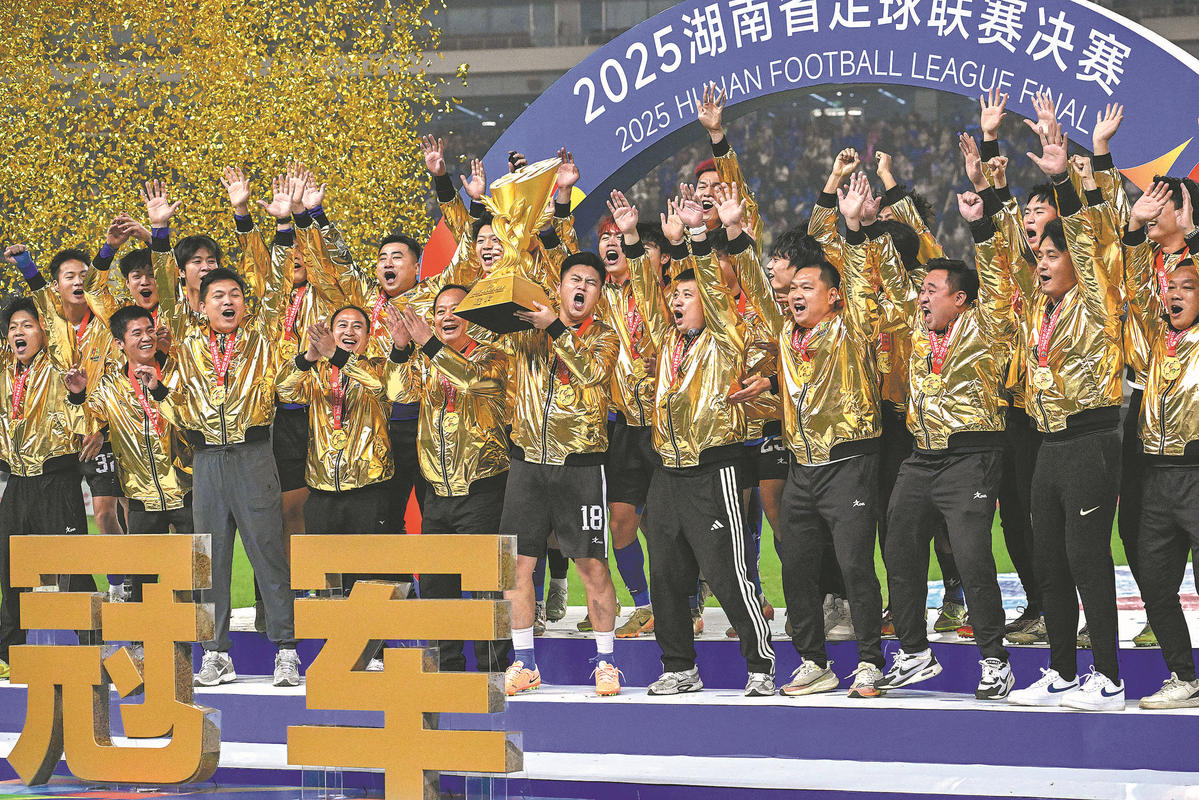Chengdu charting new standards in international rapid transit


The Chengdu-Eurasia National (Commodity) Pavilion, located within the Chengdu International Railway Port, serves as an open platform for product exhibitions and cultural exchanges with countries involved in the BRI.
It houses 34 distinctive pavilions from Europe, Central Asia, Southeast Asia and other regions, which exhibit and sell a wide range of products, including food and wine, health products, cosmetics and imported automobiles. The annual import transaction value generated by the pavilions exceeds 1 billion yuan.
Since 2016, the Chengdu International Railway Port has taken the lead in utilizing its ports and platforms to facilitate the import and export transportation of more than 25,000 complete vehicles and spare parts.
In the first quarter of this year, the port experienced explosive growth in vehicle imports and exports with a total of 5,061, marking a year-on-year increase of 92.95 percent.
Since a decision by China Railway Corp in September to remove rail transportation restrictions on new energy vehicles, the China-Europe Railway Express has emerged as a preferred option for exporting Chinese NEVs from brands, such as BYD, Nio and Xpeng, due to swift delivery and cost-effectiveness.
Chen Youfu, manager of a Chengdu-based automobile sales company and an NEV exporter, said: "Previously, we relied on sea or road transport for exporting NEVs. With the China-Europe Railway Express, the transportation time has significantly shortened, improving the turnover of funds and reducing the cost for businesses."
























